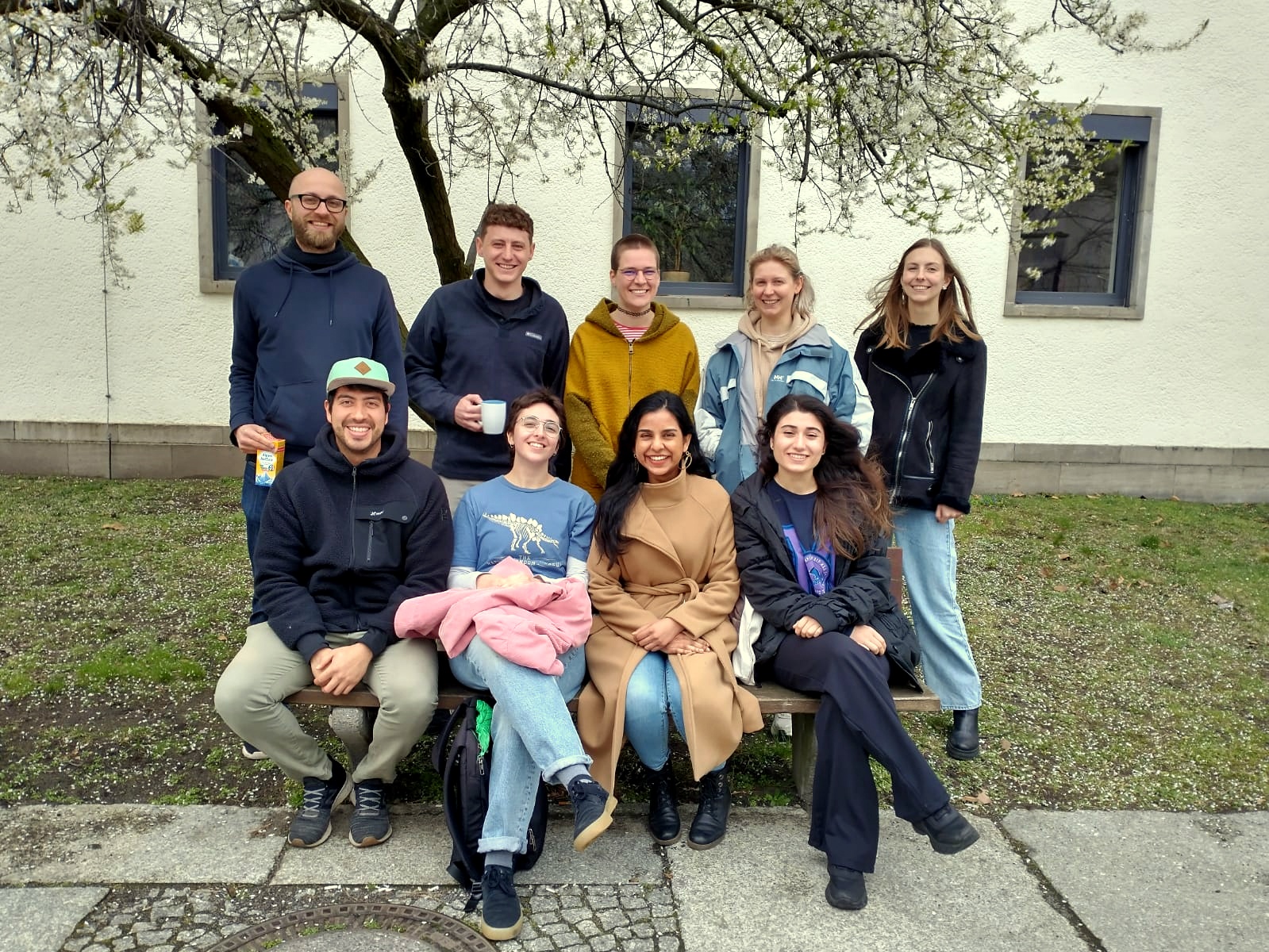
➔ This project was recently extended until September 2028 and relocated to the University of Bremen under its new name, ‘EXOSALT’.
The question of whether microbial life currently exists or has ever existed on Mars remains unresolved, even 45 years after the initial life detection experiments conducted by the Viking landers on the Red Planet. A comprehensive understanding of Mars' potential habitable environments is imperative to pinpoint appropriate locations for the search for Martian life and to employ the most suitable analytical tools. In its early history, Mars experienced a warmer and wetter climate. However, the loss of its magnetic field and subsequent depletion of its atmosphere transformed the planet into a cold and arid desert. Life, as we comprehend it, necessitates liquid water, linking the investigation of Martian habitability directly with the search for environments harboring liquid water. One of these potentially habitable niches includes cold salt solutions, known as cryobrines, which can form on Mars through deliquescence. Deliquescence occurs when hygroscopic salts absorb water from the atmosphere and dissolve within it. There is compelling evidence indicating the occurrence of deliquescence and the temporary existence of brines on Mars and within its subsurface. These brines, due to the salts they contain, significantly lower the freezing point of water, broadening the temperature range where liquid water can remain stable on Mars. Despite this, our knowledge regarding the microbial habitability of these brines is limited.
This project aims to explore the salt tolerances of diverse halophilic and halotolerant microorganisms representing all three domains of life (bacteria, archaea, and eukaryotes) in brines comprising various salts found on Mars, including chlorides, chlorates, perchlorates, sulfates, and nitrates. The study will investigate the metabolic and morphological stress responses that arise in microorganisms during growth under salt stress conditions, employing microscopic analyses, proteomics, and other pertinent analytical methods. Furthermore, the most halophilic organisms will undergo exposure to a Mars-like environment, including strong UV radiation, low pressures, a CO2 atmosphere, and drastic temperature and humidity fluctuations, within a Mars simulation chamber. These experiments aim to determine the feasibility of microbial surivival in briny solutions under Mars-like environmental conditions. This research endeavor will not only augment our comprehension of Mars' habitability but also yield novel insights into environmental microbiology, extremophilic organisms, proteomics, and biotechnology.
Funding agency: Deutsche Forschungsgesellschaft DFG (Eigene Stelle, #455070607)

Project members (in the photo f.l.t.r.) : Jacob Heinz, Camilo Mayr-Wolf, Florian Carlo Fischer, Elisa Soler, Anne Gries, Shivani Nundoo, Lea Kloss, Melesa Îlhan, Weronika Julia Lukas
Not in the photo and former members: Vita Rambags, Ksenia Malahov
Duration: Jan 2021 – Present
Publications:
S. Nundoo, F.C. Fischer, D. Schulze-Makuch, and J. Heinz (2025) Investigating potential Martian habitats: survival of the halotolerant yeast Debaryomyces hansenii in deliquescence-driven brines. International Journal of Astrobiology 24:e26, doi: 10.1017/S1473550425100189.
L. Kloss, J. Doellinger, A. Gries, E. Soler, P. Lasch, and J. Heinz (2025) Proteomic insights into survival strategies of Escherichia coli in perchlorate-rich Martian brines. Sci Rep 15, 6988, doi: 10.1038/s41598-025-91562-3.
F.C. Fischer, D. Schulze-Makuch, J. Heinz, (2024) Microbial preference for chlorate over perchlorate under simulated shallow subsurface Mars-like conditions. Sci Rep 14, 11537, doi: 10.1038/s41598-024-62346-y.
J. Heinz, J. Doellinger, D. Maus, A. Schneider, P. Lasch, H.-P. Grossart, and D. Schulze-Makuch (2022) Perchlorate-Specific Proteomic Stress Responses of Debaryomyces hansenii Could Enable Microbial Survival in Martian Brines. Environmental Microbiology, 24, 11, doi: 10.1111/1462-2920.16152.
J. Heinz, V. Rambags, D. Schulze-Makuch (2021) Physicochemical Parameters Limiting Growth of Debaryomyces hansenii in Solutions of Hygroscopic Compounds and Their Effects on the Habitability of Martian Brines. Life, 11 (1194), doi:10.3390/life11111194.

